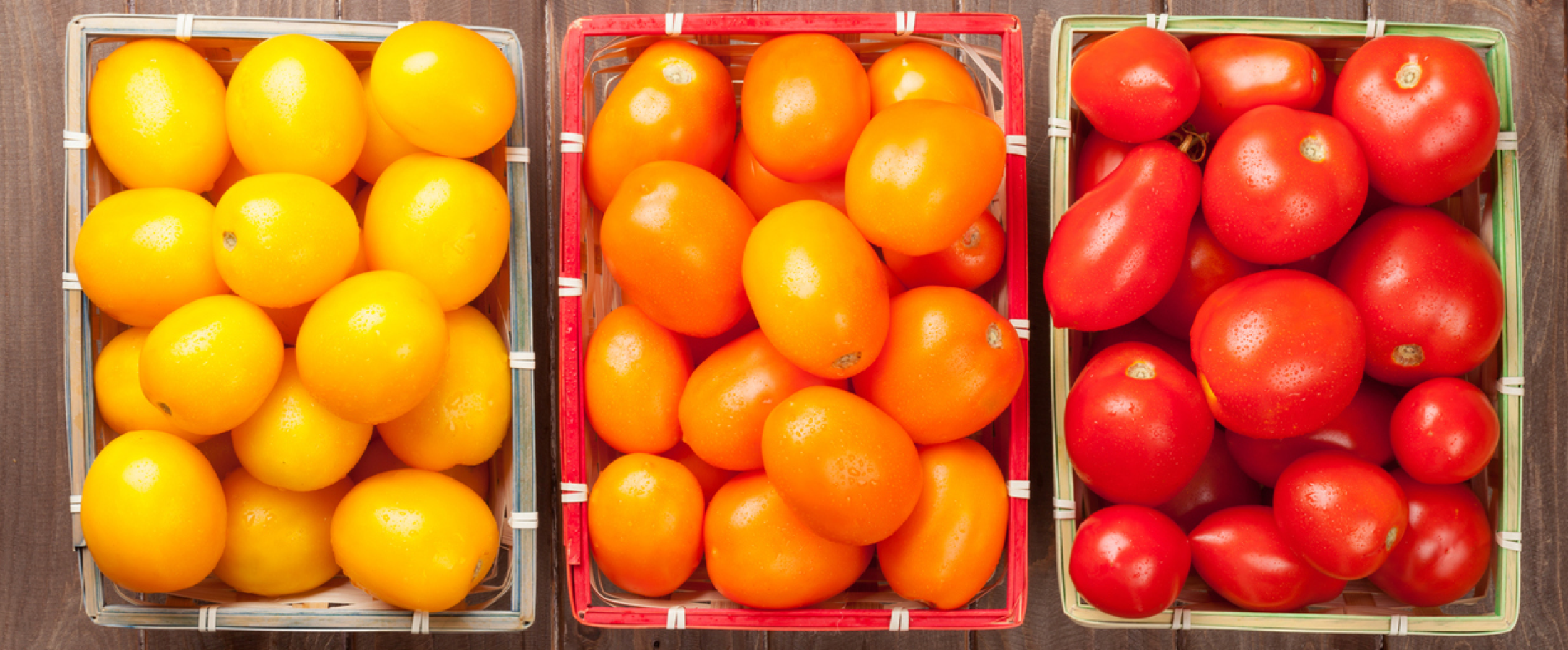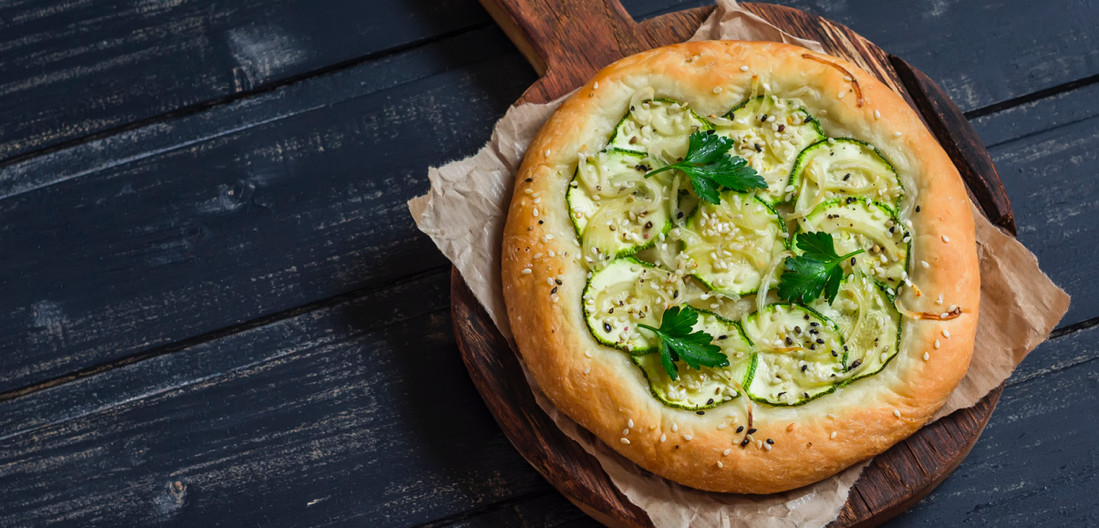Before I was diagnosed with interstitial cystitis (IC or bladder pain syndrome), I distinctly remember thinking, “My bladder is allergic to tomatoes.” I couldn’t think of any other reason why, when I ate everyday family meals like spaghetti, chili, goulash, pizza, or lasagna, that I experienced pain, urgency, and frequent urination. Of course I ran to the doctor repeatedly to see if I had urinary tract infections, but when the tests kept coming back negative, I couldn’t imagine any other explanation. I just had to be “allergic”’ to tomatoes. Not only was this frustrating from the standpoint of meal planning, but as a nutritionist, I knew that tomatoes provided some incredibly beneficial nutrients and life giving bioflavonoids such as vitamins C and K, potassium, biotin, lycopene, beta carotene, and more.
Fast forward to the long awaited diagnosis of interstitial cystitis and the process of learning to live with the IC diet, and I now I realize I wasn’t too far from the truth. Although not a true allergy, the type of IC that I have is mast cell based, and like most people with IC, I DO have a severe food sensitivity, particularly to tomatoes. Simply put, without treatment, if I eat a big bowl of tomato soup, the mast cells in my bladder rebel creating a very painful inflammatory response that often had me sleeping on the floor of my bathroom at night.
So what do people do when their bodies reject their favorite foods? After navigating the grieving process, they learn to modify how they consume those flavorful but problematic ingredients, even looking for substitutes. This means turning to home cooked meals more often, and even using home-grown produce.
In fact, one of the first things I learned, both from members of the Interstitial Cystitis Network online support group and via my own experimentation was that home grown varieties of tomatoes are often less problematic than store-bought or canned tomatoes. In addition, a slice of tomato on a sandwich or salad is not even close to the concentration of tomatoes found in pasta sauce, tomato sauce, or tomato paste. So with this philosophy in mind, I eventually found a balance that I could live with. Today, now that my IC is in good control, I can even enjoy a spaghetti meal or a couple of pieces of pizza a week as long as I don’t go overboard.
Do you miss tomatoes? Here are some things to try:
- Use a roasted red pepper sauce on pasta, pizza, or meat. The red sauce is visually familiar and the roasted red peppers offer a pleasant, smoky flavor while replacing most of the nutrients you would find in tomato-based recipes.
- Swap a pesto or cream-based Alfredo sauce for tomato-based sauces on pasta or even pizza. Although the nutrient blast isn’t quite the same, you are adding a fair amount of protein to your dishes. If you are trying to watch your fat intake, substitute evaporated skim milk for the cream or whole milk and use olive oil instead of butter for the roux in the white sauce.
- Grow your own tomatoes in a garden or using containers on your deck or porch. It is easy to research low-acid versions of tomatoes online, or you can simply ask your local nursery for suggestions. You can even cluster other plants with your tomatoes based on your favorite meals! For example, you can plan a pasta garden (tomatoes, oregano, and basil plants), a Mexican garden (tomatoes, green onions, and cilantro), or a salad garden (tomatoes, lettuce, spinach, green onions, and cucumbers). Have fun with it, knowing in the end you can have delicious meals using produce grown in your own back yard.
- If you don’t have the time or space to grow tomatoes at home, don’t forget about your local farmers’ markets. These markets are often a treasure-trove of jewel toned heirloom tomatoes, the lighter colors often signaling a milder acid content. To locate a farmers’ market near you, visit Local Harvest and search using your zip code.
- Finally, if you eat something that didn’t agree with your bladder or stomach, don’t forget to keep AcidZap or Prelief handy to take the edge .
Remember, your symptoms may come and go over time and you may eventually tolerate more foods than you do now. There is no reason to avoid something unless you need to, so if your bladder or stomach are feeling pretty good, don’t be afraid to experiment occasionally with small portions of your trigger foods. You may be pleasantly surprised that you can indulge in some of your favorites once again!
My Way Pizza (Serves 4)
Ingredients
- 1 cup chopped vegetables (broccoli florets, cauliflower florets, zucchini slices, shredded carrots, sliced mushrooms, sweet bell pepper slices)
- Olive oil, salt, pepper (as tolerated)
- Pizza dough (recipe below) or two medium pre-baked pizza crust (like Boboli)
- ½ cup Alfredo sauce or pesto sauce (both recipes below)
- 1 cup shredded mozzarella cheese
- ½ cup Parmesan cheese
Directions
- Heat oven to 400°F.
- Spread chopped vegetables on cookie sheet lined with parchment.
- Drizzle olive oil, salt, and pepper (as tolerated) over vegetables
- Place vegetables in hot oven for 5 to 7 minutes until very slightly browned. Remove from oven and set aside.
- Divide pizza dough and placing on a pizza stone or large cookie sheet, spread into two, 10 inch circles. (Or place pre-baked pizza crusts on stone/pan.)
- Top each pizza with sauce, cheese, and vegetables.
- Bake for 10 minutes at 400°F or until cheese begins to turn golden. Remove from oven and let rest 5 minutes. Serve.
Basic Pizza Dough
Ingredients
- 1 c. warm water
- 1 package active dry yeast
- 2-1/2 c. all-purpose flour
- 2 T. olive oil
- 1/2 t. salt
Combine water and yeast in a large bowl. Add 1-1/2 c. flour and mix well. Add oil, salt and remaining flour. With clean hands, work the ingredients together until stiff dough forms. (Add last cup gradually—you may not need all of it.)
Knead dough on floured pastry cloth or board for 5 minutes or until shiny and elastic. Place dough into large mixing bowl that has been coated with olive oil; turn dough to coat it and cover with kitchen towel. Let dough rest for one hour in warm place until doubled in size.
Remove dough to lightly floured surface and split into two balls. Cover and let rest again for another 15 minutes. Dough can now be shaped into pizza crust. Follow directions above to make pizza.
(From Confident Choices: A Cookbook for Interstitial Cystitis and Overactive Bladder)
No Cheese Pesto Sauce for Pasta or Pizza
Ingredients
- 3 c. fresh basil leaves
- 1 c. fresh parsley sprig
- 4 garlic cloves, crushed
- 4 T. olive oil
- 3 T. toasted pine nuts
- Pepper, if tolerated, to taste
Use food processor to chop basil and parsley. Add garlic and olive oil; process another 20 seconds. Add pine nuts and finish processing. Use as topping for pasta or baked potatoes, or as a garnish for chicken.
(From Confident Choices: A Cookbook for Interstitial Cystitis and Overactive Bladder)
No Cheese “Alfredo” Sauce for Pasta or Pizza
Ingredients
- 1/4 c. olive oil
- 2 T. flour
- 2 cans evaporated skim milk
- 1 t. minced garlic
- 1 t. minced onion
- 3 T. fresh basil, finally chopped
- 1/2 t. salt
- Pepper, if tolerated, to taste
Heat oil in saucepan over medium heat. Add flour, whisking until smooth. Add remaining ingredients, whisking until sauce has thickened. Use as a topping for pasta or baked potatoes, or as a garnish for chicken.
(From Confident Choices: A Cookbook for Interstitial Cystitis and Overactive Bladder)


